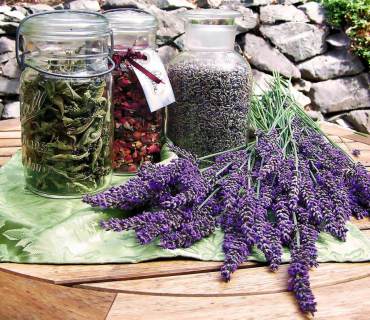
Gardens in early American colonies were not for ornamentation; they were planted and worked for provision. Specific plants were grown to provide food, soaps, perfumes, insecticides, dyes and medicines — all the things needed to take care of everyday life in the home.
The luxury of going to the corner drug store or market to buy necessities did not exist. Remedies for home and body were mixed and blended on site. Every good home had an herb garden to supply domestic pharmacopoeia. The art of “simpling,” a method using one or two herbs at a time, was typically left to the women of the household. Complex recipes were practiced more by herbalists and physicians. Simplers grew, harvested, stored and used herbs with knowledge of their properties and effects.
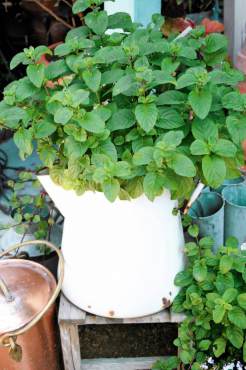
In the colonial home, a place was set aside to prepare household products from the garden. It was typically one or two rooms located off the kitchen area: the simple-closet (where herbs were stored) and the stillroom (where mixes were made). This was where cosmetics, medicine, bathing and laundry products were created and distilled.
The space emitted earthy aromas of fresh-cut flowers and drying herb bundles hung from the ceiling. The floor was covered with dried plant material known as strewing herbs, like lavender stems and thyme, which served as vermin and insect repellents. The processed herbs stored in earthenware and glass jars were covered with linen and sealed with wax or lard. The shelves contained items like white willow bark, yarrow, thyme, motherwort, sage and peony roots.
Preparations included herbal wines and waters, syrups and vinegars, as well as tinctures, conserves and confections. For external use, skin-healing oils, ointments, liniments, compresses, poultices, fragrant scent bags and potpourris to deodorize the air. There were also the magical purposes of herbs with a dose of folklore and mystery of what plants were thought to do, such as love potions, home protection and luck charms.
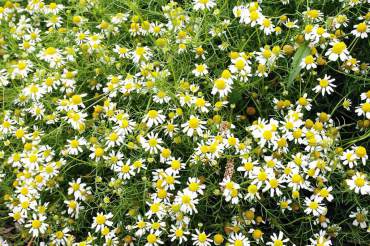
Recipes of the stillroom were passed through generations, by use and written on fragile pages bound into books. They were filled with knowledge plants, recipes, measurements and uses.
As the industrial revolution progressed, many households could purchase items commercially, therefore having less reliance on the stillroom. In our lifestyle today, the room off the kitchen known as the stillroom does not exist, but the methods of a stillroom are being revived. Our fascination with gardens and how they give back by cooking, healing remedies and body care products all bring back the lost art of the stillroom.
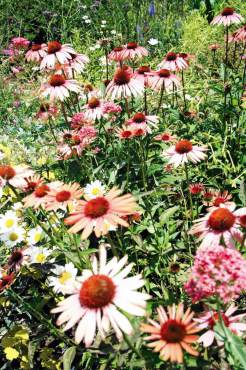
Even as multidepartment stores give one-stop shopping, there is nothing like the taste of fresh from the garden herbal tea, the intense aroma of mint infused into a foot soak or the healing power of lavender to soothe skin.
A Stillroom Garden
While not really defined as an herb garden, the stillroom — a version of the modern-day pantry — existed in colonial times because of the garden outside. Located in the close proximity of the home, the garden supplied the plants for the stillroom.
In the design of the colonial garden, enclosure was necessary to keep wandering farm animals out. Access paths were added throughout for ease of harvesting. Classic herbs seen in a colonial garden included parsley, sweet chervil, fennel, sage, mint, heal-all (Prunella vulgaris) and even horsetail (Equisetum), an herb used to clean and scour pots.
Favorite seeds, roots and cuttings were brought from Europe to establish a new home in the colonies. The heritage of plants available today that are not native to the United States can be traced to many of the plants recorded and used in household, utility gardens. The modern influence of a colonial garden passes along a knowledge and history of how valuable herbs are and why they still captivate people in their gardens.
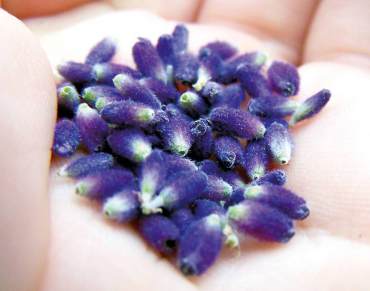
Recipes for a Modern Stillroom
- Choose plants that have the exact qualities you want; do research in a reliable herb reference. Use caution for sensitive and allergy-prone people.
- Use only material that you’ve grown organically or from a source that does.
- Sterilize all bottles and jars before use.
- Make only quantities that can be used within a short time or are for one-time use. Fresh herbal concoctions do not have preservatives and have little to no shelf life.
Recipe Measurement Guidelines
- 1 ounce of measure equals:
- 1/2 cup powdered (like cinnamon)
- 3/4 cup fine dried (like lavender buds)
- 1 cup bulky dried (calendula buds, lemon verbena)
Herbal Tea, Baths, Steams
A basic recipe for steeping the qualities of herb into water for use in bathing, drinking and skin care
- 2 tsp fresh herb
Boil water. Pour water over the herbs in a glass cup or jar (never heavily boil herbs). Allow to steep for 5 minutes or up to 15 minutes for the full benefits of the herb. Strain out.
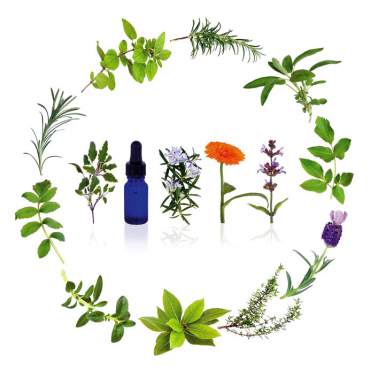 For drinking (herbs like mints and lavender): Place in a tea cup and sweeten with honey if desired.
For drinking (herbs like mints and lavender): Place in a tea cup and sweeten with honey if desired.
For bathing (herbs like lavender, thyme, rosemary): Make about a quart of tea and pour into a bath tub of water.
For steaming (herbs like eucalyptus, mints, rosemary): Make about a quart of tea. Pour into a large bowl, place towel over the head like a tent over the steaming bowl of water and breathe in the vapors until the tea cools.
Herbal Water
- 8 oz pure water
- 1-3 oz dried herb
- 3 drops essential oil
Create an infusion from the water and herbs. Gently simmer for 10 to 15 minutes. Allow herb infusion to cool completely. Strain off the herb materials. Place the infusion in a jar and add essential oil if desired. Shake well for each use. Based on the herb, this can be used as an air freshener, countertop cleaner or skin mist.
Herbal Tincture
A method of infusing an herb into another base ingredient (typically alcohol) to create a strong liquid form of the herb. The liquid has the qualities of the herb for later use in medicinal remedies, skin care and cooking.
- 1 liter of 100 proof vodka (apple cider vinegar or witch hazel can also be used)
- Large gallon glass jar
Loosely pack the jar half full with fresh herbs. Pour alcohol into the jar to completely cover the herbs. Gently bruise the herbs, mix well and cover. Store in a cool, dry place for about two weeks. After steeping time, pour mixture through fine cheesecloth to remove herbs. Pour into amber or dark glass bottles and cap tightly. Use 1 teaspoon diluted in water.
This article was first published in the Winter of 2011 print edition of the WestSound Magazine. Any discrepancies, omissions, or inclusions that seem incorrect are purely due to the age of this article. WestSound Magazine deemed this article useful and beneficial as a contribution to today's readership, and therefore is included in this site's online article archives. If you feel the content of this article is detrimental due to its age, please feel free to contact us to request removal or modification.
































Comments